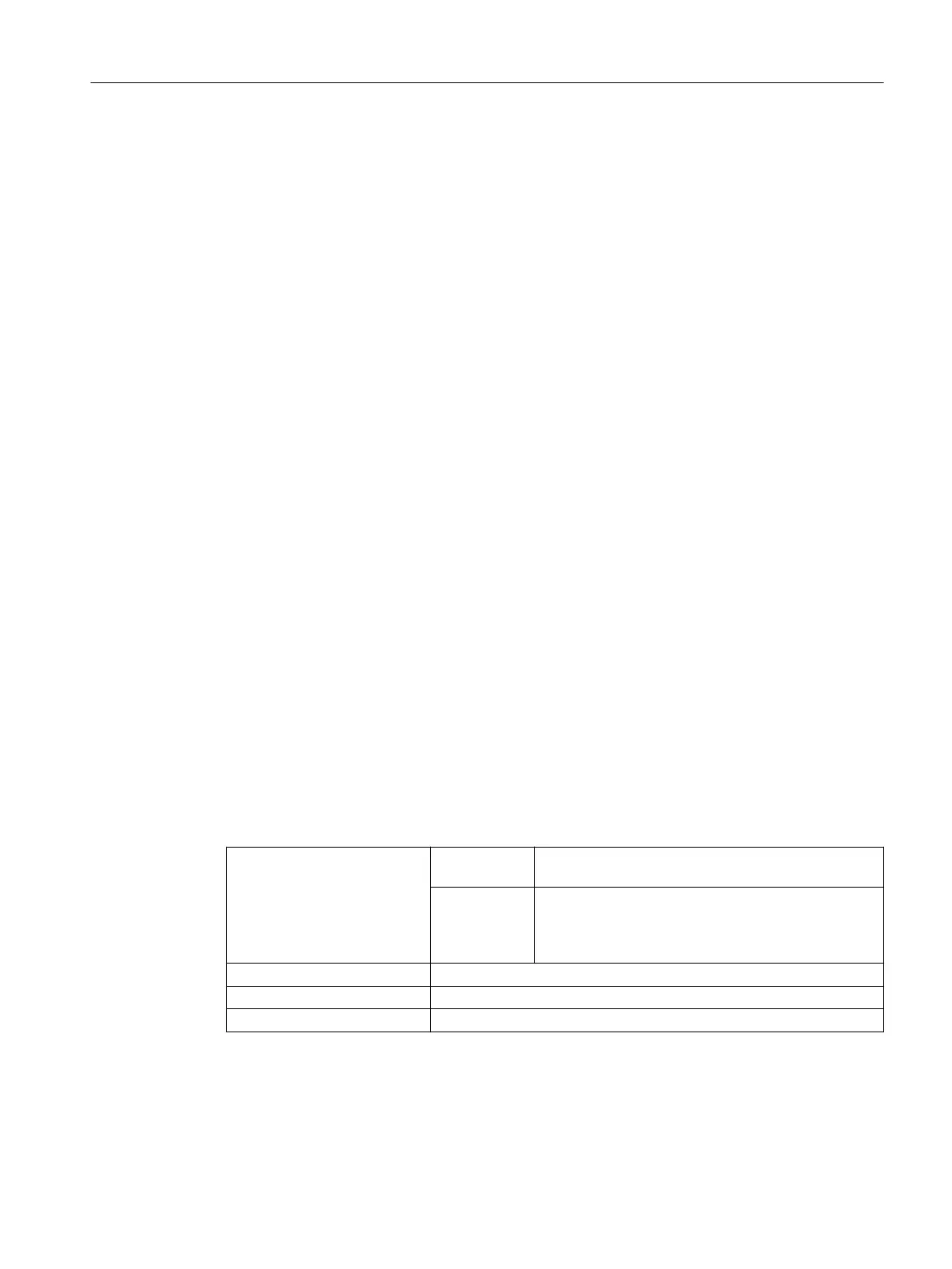3.13.7 Free assignment of D numbers, cutting edge numbers
3.13.7.1 Free assignment of D numbers, cutting edge numbers (CE address)
D number
The D numbers can be used as offset numbers. The number of the cutting edge can also be
addressed via the CE address. The cutting edge number can be written by the system variable
$TC_DPCE.
Default setting: Compensation no. == cutting edge no.
Machine data are used to define the maximum number of D numbers (cutting edge numbers)
and the maximum number of cutting edges per tool (→ machine manufacturer). The following
commands are only practical if the maximum cutting edge number (MD18105) was specified to
be greater than the number of cutting edges per tool (MD18106). Observe the machine
manufacturer’s specifications.
Further information
Function Manual Tools
3.13.7.2 Free assignment of D numbers: Checking D numbers (CHKDNO)
Using the CKKDNO command, you can check whether the existing D numbers were uniquely
assigned. The D numbers of all tools defined within a TO unit may not occur more than once.
No allowance is made for replacement tools.
Syntax
state=CHKDNO(Tno1,Tno2,Dno)
Meaning
state: =TRUE: The D numbers are assigned uniquely to the checked
areas.
= FALSE: There was a D number collision or the parameters are
invalid. Tno1, Tno2 and Dno return the parameters
that caused the collision. These data can now be eval‐
uated in the part program.
CHKDNO(Tno1,Tno2): All D numbers of the part specified are checked.
CHKDNO(Tno1): All D numbers of Tno1 are checked against all other tools.
CHKDNO: All D numbers of all tools are checked against all other tools.
3.13.7.3 Free assignment of D numbers: Rename D numbers (GETDNO, SETDNO)
You must assign unique D numbers. Two different cutting edges of a tool must not have the
same D number.
Work preparation
3.13 Tool offsets
NC programming
Programming Manual, 12/2019, 6FC5398-2EP40-0BA0 775

